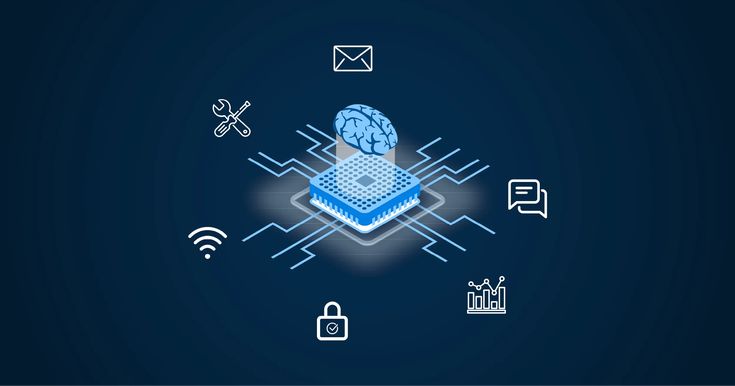Embedded systems are everywhere—from smart home devices and medical equipment to automobiles and industrial machinery. They are specialized computing systems that perform dedicated functions within larger devices. If you’re aiming for a career in embedded systems, you’ll need a combination of technical knowledge, practical skills, and the right mindset.
Let’s explore the key requirements to work successfully with embedded systems.
1. Educational Background
While it’s possible to enter the field through self-study, most professionals have a background in:
-
Electronics and Communication Engineering (ECE)
-
Computer Science or Information Technology
-
Electrical Engineering
-
Mechanical Engineering (for mechatronics applications)
A bachelor’s degree in any of these fields provides a strong foundation in the core principles of hardware and software.
2. Knowledge of Programming Languages
Embedded systems often require low-level programming for efficiency and performance. Key languages include:
-
C – The most widely used language for embedded systems.
-
C++ – Useful for object-oriented designs.
-
Python – Increasingly used for testing and scripting.
-
Assembly Language – For hardware-level control.
3. Understanding of Microcontrollers and Microprocessors
You must know how to work with:
-
Microcontrollers (e.g., Arduino, PIC, STM32)
-
Microprocessors (e.g., ARM, x86)
Understanding how these devices function, process inputs, and control outputs is crucial for building embedded solutions.
4. Electronics and Hardware Knowledge
Since embedded systems combine hardware and software, you need:
-
Basics of digital electronics (logic gates, registers, memory).
-
Familiarity with circuit design and PCB layout.
-
Knowledge of sensors, actuators, and communication interfaces (UART, SPI, I2C, CAN).
5. Operating Systems Knowledge
Some embedded systems use bare-metal programming (no OS), while others use Real-Time Operating Systems (RTOS).
Popular examples:
-
FreeRTOS
-
VxWorks
-
Embedded Linux
Understanding how to develop and deploy software on these platforms is a key skill.
6. Debugging and Testing Skills
Working with embedded systems often involves:
-
Using debuggers and logic analyzers.
-
Testing code on development boards.
-
Diagnosing hardware/software integration issues.
7. Soft Skills and Problem-Solving Ability
Beyond technical expertise, you need:
-
Attention to detail – Embedded systems are often used in safety-critical applications.
-
Teamwork – Working with hardware, firmware, and software teams.
-
Adaptability – Technology in this field evolves rapidly.
8. Additional Certifications (Optional but Valuable)
Certifications can boost your profile:
-
ARM Accredited Engineer
-
Certified LabVIEW Developer
-
IoT & Embedded Systems Certifications from platforms like Coursera, Udemy, or NI.
Conclusion
To work with embedded systems, you need a solid foundation in electronics, programming, and hardware design, coupled with strong problem-solving skills. With the right mix of education, hands-on practice, and continuous learning, you can build a rewarding career in this exciting and fast-growing field.

